<script type="text/javascript" src="http://classic.avantlink.com/affiliate_app_confirm.php?mode=js&authResponse=c4e13e1b9b5acdedad16d533a16f7bf0c234d607"></script>
<script type="text/javascript" src="http://classic.avantlink.com/affiliate_app_confirm.php?mode=js&authResponse=c4e13e1b9b5acdedad16d533a16f7bf0c234d607"></script>
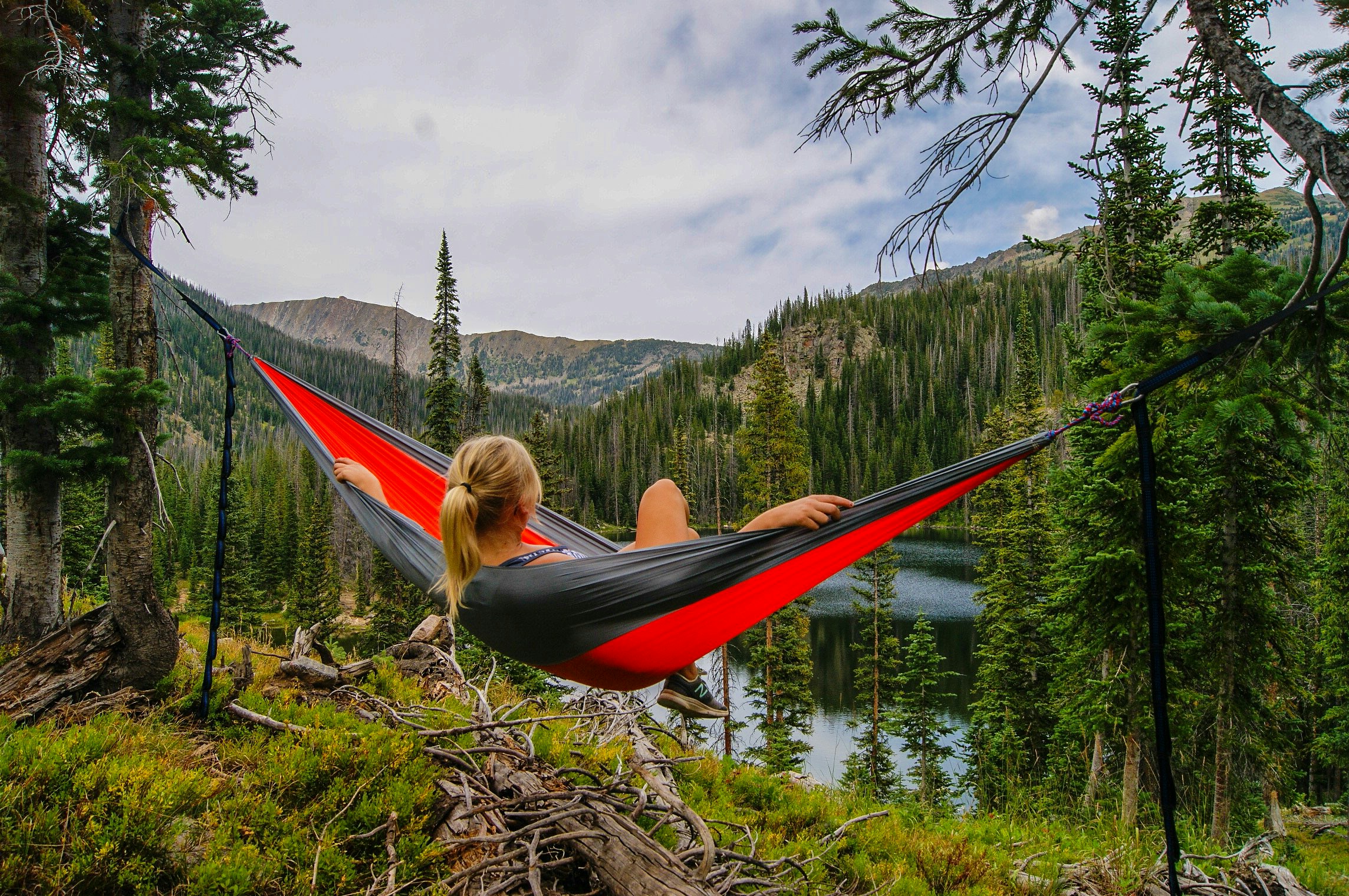
A high-quality hammock can transform your outdoor experience, whether you’re camping, backpacking, or just relaxing in your backyard. The best hammocks offer comfort, durability, and portability, making them a versatile alternative to traditional tents.
In this guide, we’ll cover the best hammocks for different outdoor adventures, breaking down their key features, pros, and cons so you can find the perfect fit. If you’re looking for more essential gear, check out our Best Camping Gear of 2025 or Best Camping Chairs of 2025 for expert recommendations.
🔹 Best for versatility: A double hammock with a built-in bug net works for both camping and casual use.
🔹 Best for backpacking: Ripstop nylon hammocks balance strength and weight savings.
🔹 Best for comfort: Choose a hammock at least 10 feet long for better lay-flat positioning.
🔹 Best for quick setup: Look for hammocks with included tree straps for hassle-free installation.
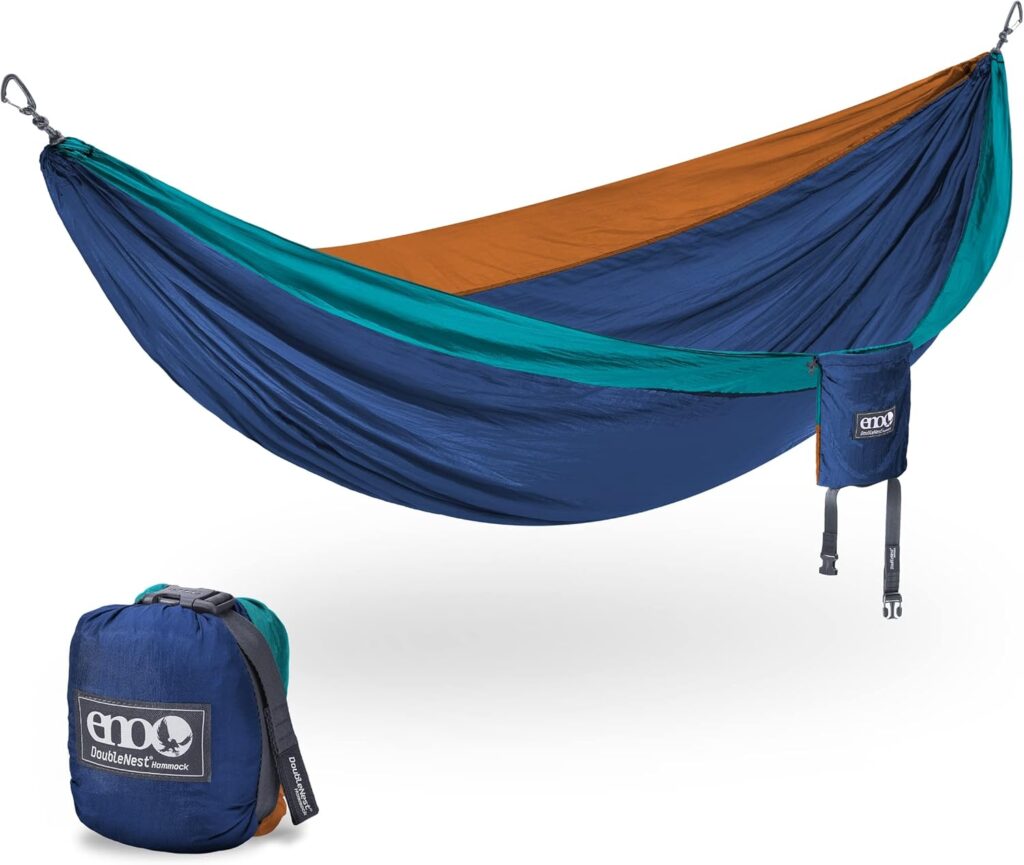
Best for: All-around comfort and durability for any adventure.
👉 Pairs well with: Best Sleeping Bags of 2025 for an ultra-comfortable hammock setup.
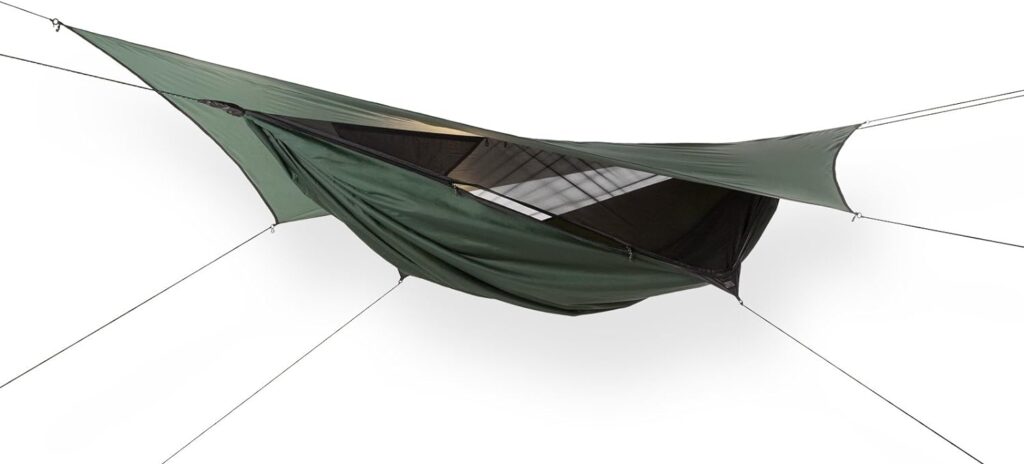
Best for: Backcountry campers needing a full shelter system.
👉 Pairs well with: Best Tent Accessories of 2025 for a complete hammock camping experience.
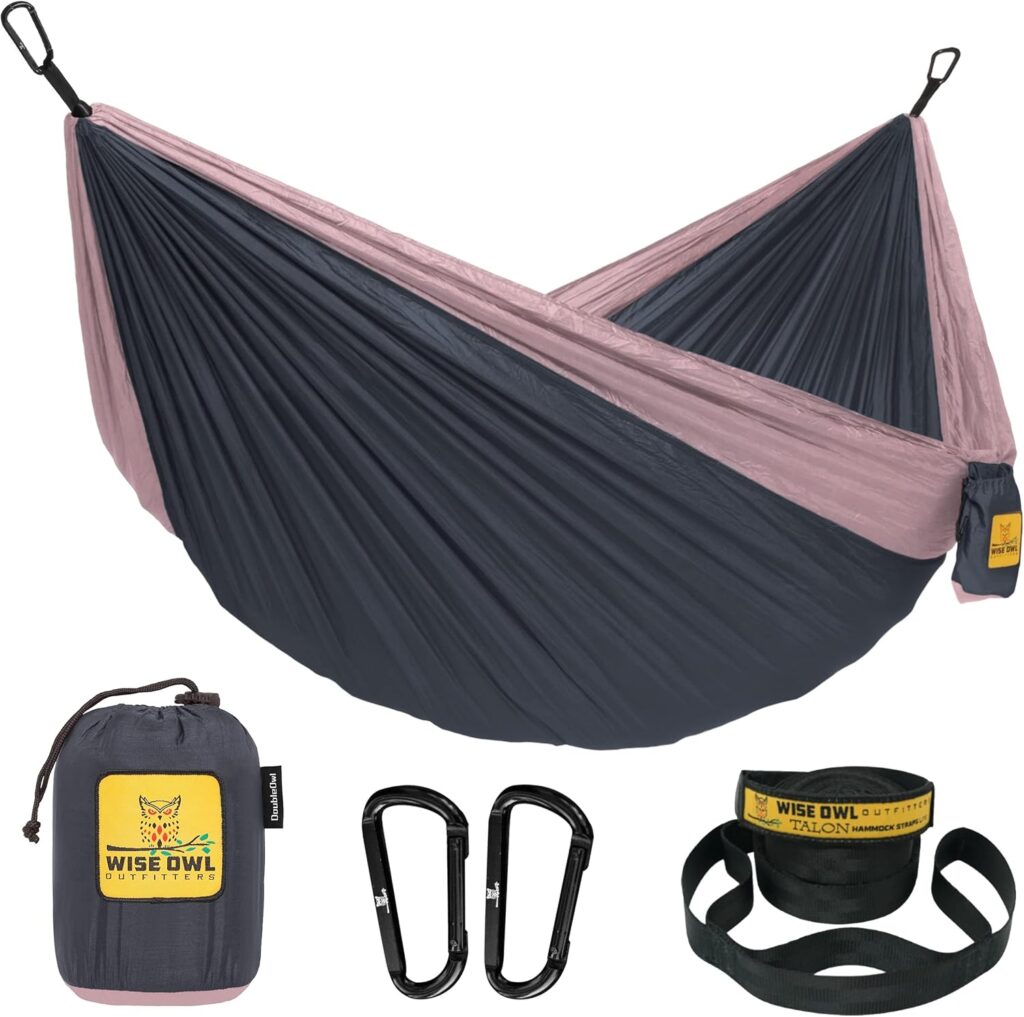
Best for: Campers looking for a high-quality hammock on a budget.
👉 Pairs well with: Best Sleeping Pads of 2025 for added insulation.
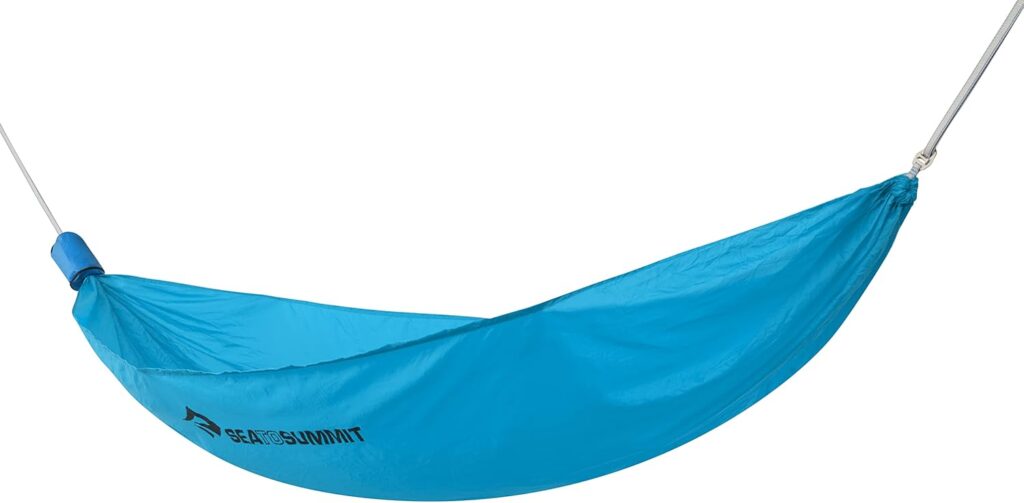
Best for: Backpackers and ultralight hikers who count every ounce.
👉 Pairs well with: Best Lightweight Backpacks of 2025 for an optimized hiking setup.
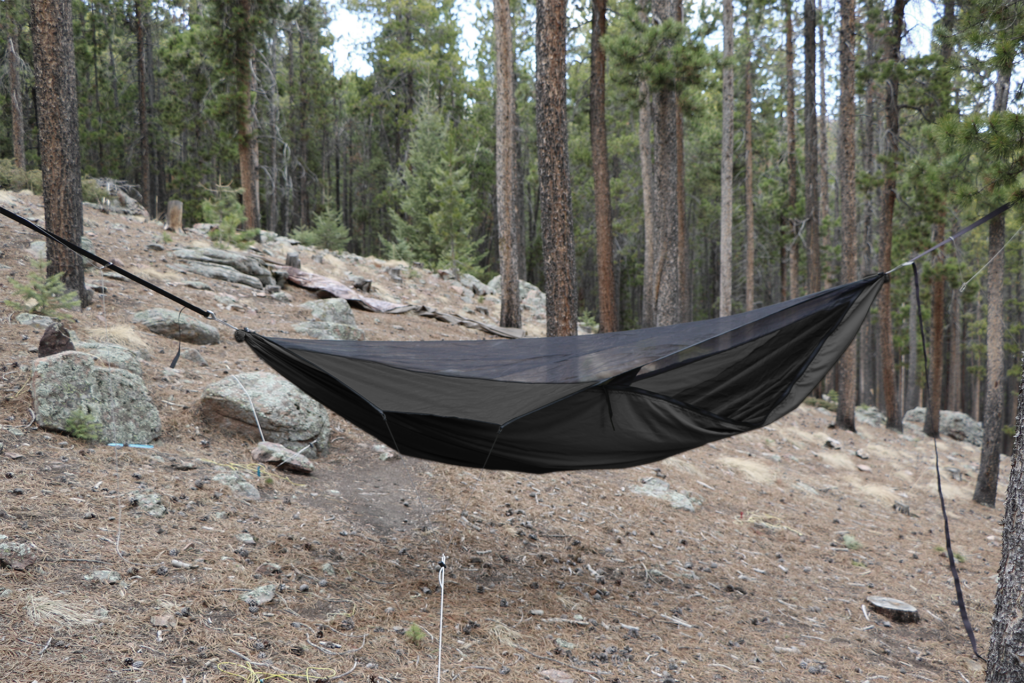
Best for: Hammock campers in colder climates who need extra insulation.
👉 Pairs well with: Best 4-Season Tents of 2025 for extreme weather trips.
| Your Camping Style | Best Hammock Choice |
|---|---|
| Backpacking & hiking | Sea to Summit Ultralight |
| Camping with full shelter | Hennessy Hammock Expedition |
| Budget-friendly option | Wise Owl Outfitters SingleOwl |
| All-around best hammock | ENO DoubleNest |
| Cold-weather camping | Warbonnet Blackbird XLC |
Are hammocks better than tents for camping?
Can I sleep in a hammock every night?
Do I need a bug net for my hammock?
How cold is too cold for hammock camping?
The best hammock for you depends on your camping style, weight preferences, and comfort needs. Whether you need a lightweight backpacking hammock, a full hammock shelter, or a budget-friendly lounging option, there’s a perfect fit for every adventurer.
Looking for more top-rated camping gear? Check out our Best Camping Gear of 2025 or Best Camping Chairs of 2025 for expert recommendations!